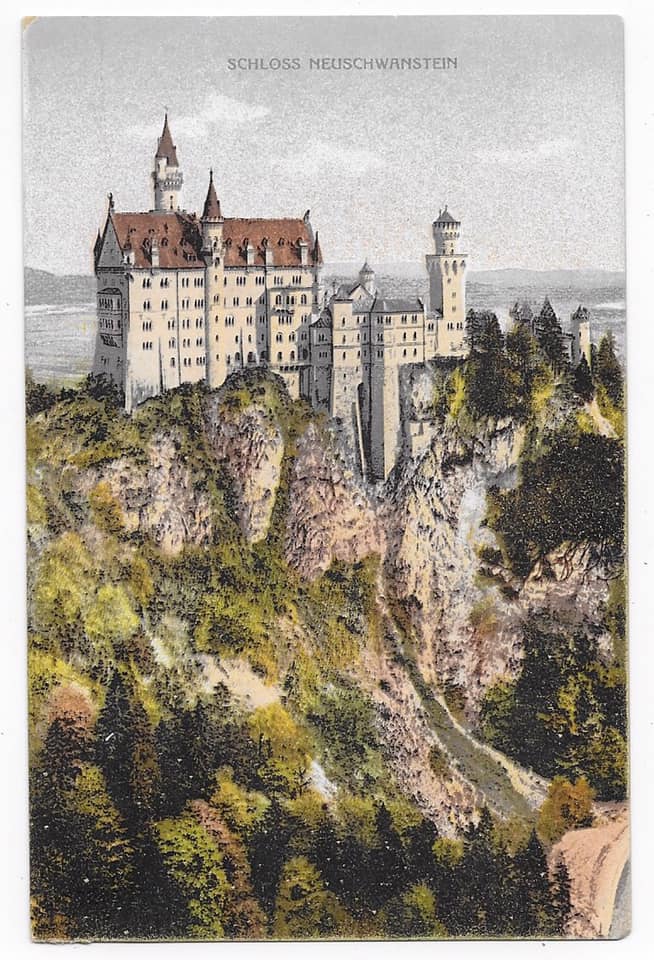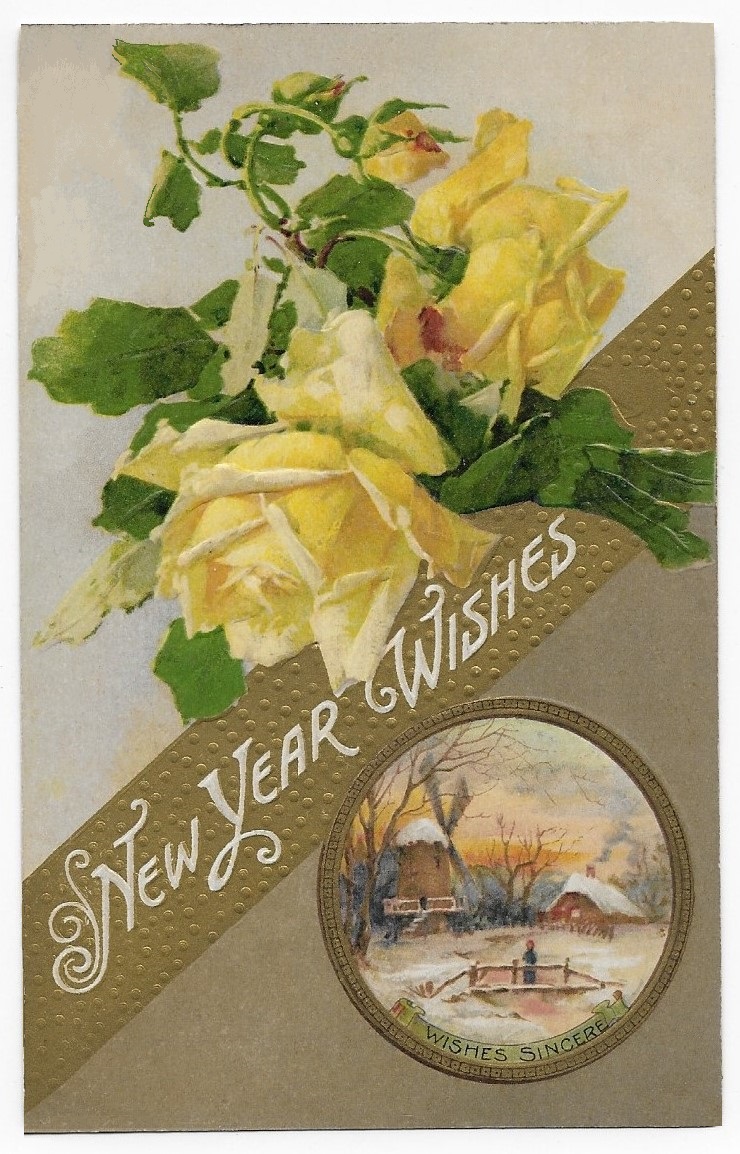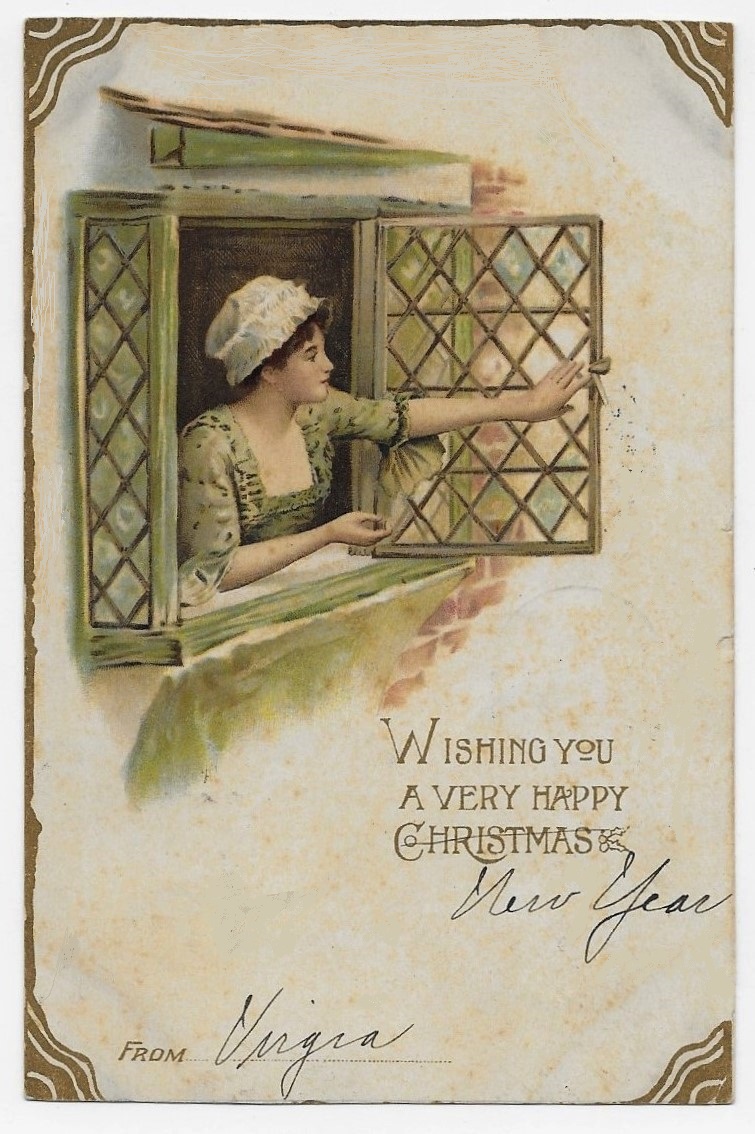Neuschwanstein Castle -circa 1910
The profile of this modern castle is recognized throughout the world and has become beloved, although the construction is a jumble of architectural features that have no historical meaning.
Upon ascending the throne of Bavaria, King Ludwig the 1st expended his personal fortune and borrowed prodigious sums of money to make real his vision of an idealized medieval world.
(The realization of intensely personal projects that cost a fortune are best pursued by autocrats.)
He was also obsessed with the operatic works of Richard Wagner, and hoped that the German composer would come to live in the castle.
(The Romanticism of Wagner has been dissected in a multitude of critical studies that could fill a library.)
I visited Neuschwanstein many years ago (in the off season) and found the views spectacular, but the castle itself decidedly underwhelming.
Because the King changed his mind so often, and insisted on approving every detail of the construction, there was no coherent plan for the castle’s completion.
Much of the structure is still empty, and the rooms that are furnished lack the historical resonance that make ancient buildings memorable.
Although derided as kitsch as it was constructed, the castle is now recognized as a spectacular example of a Romantic impulse that rejected the modern, industrialized, and urbanized world.
It is clear that Ludwig was building not merely a castle, but a material representation of an ideal realm to which he could retire completely.
Whether Ludwig was entirely sane is still debated; his obsessions, idiosyncrasies, and irrational fixations are hard to interpret.
Whatever his condition, one is still sympathetic to this driven individual who was deposed and, possibly, murdered.
(He died in very mysterious circumstances a short time after losing his throne.)
Neuschwanstein was never completed; most of the spectacular features envisioned by Ludwig were never undertaken.
When the castle was opened to paying visitors, sufficient revenue was generated within a few years to repay the enormous debts to the late King’s creditors.
As a tourist attraction, the castle remains one of the most popular places in Europe.
King Ludwig may have failed as an avatar of a revived Medieval Realm, but he was a genius at satisfying the Romantic longings of modern citizens.




